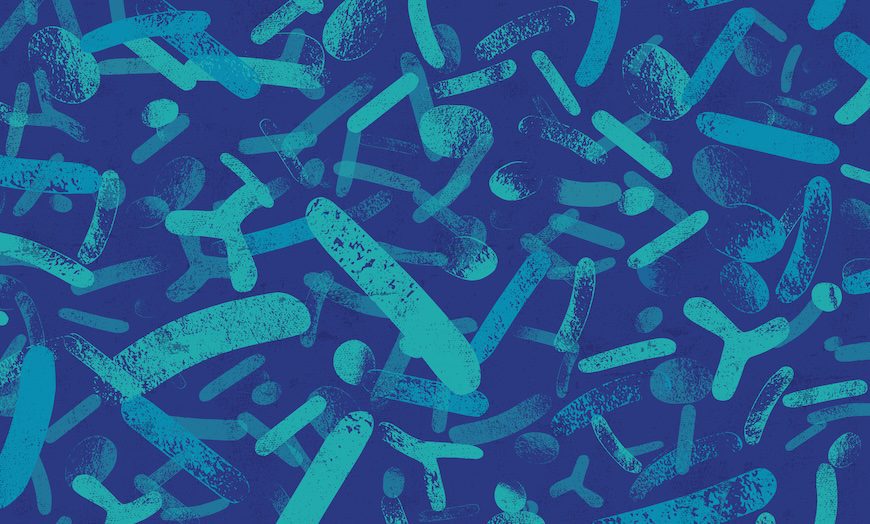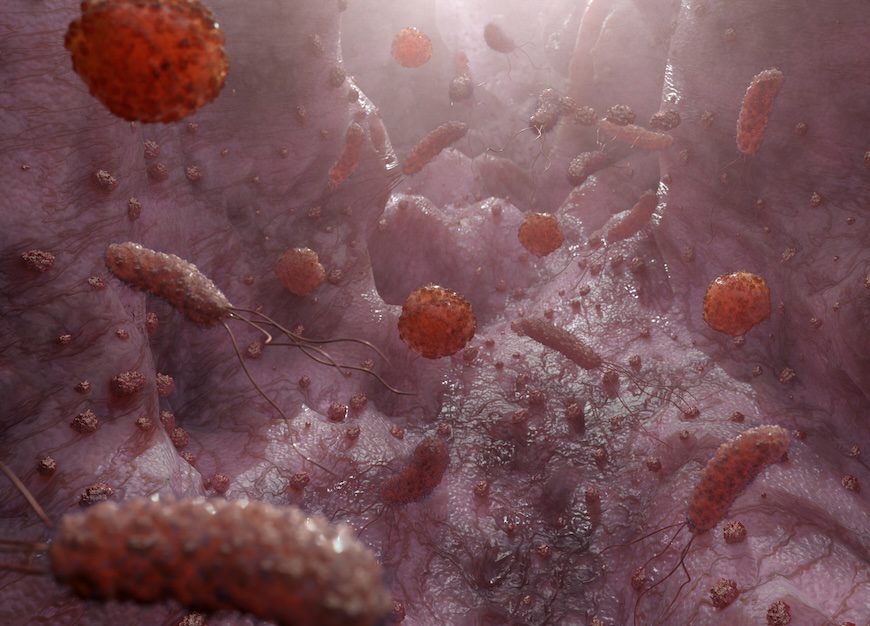The positive, the negative, and the future
While the prevalence of schizophrenia remains limited – anywhere between 0.25% and 0.64% in the United States – it remains a debilitating condition. Its crippling side effects can lead to decreased quality of life, social functioning, and functional outcomes. And dopamine-based therapies boast a storied history and have exerted an outsized influence on the next generation of non-dopamine-based therapies.
History of Dopaminergic Blockade in Schizophrenia Treatment
Dopamine-targeted treatments for schizophrenia began life as a happy accident with the discovery of chlorpromazine. Scientists wouldn’t uncover how and why it helped treat schizophrenia until 1966, the year that researchers figured out that dopamine blockade was the most likely mechanism behind chlorpromazine’s therapeutic effects.
Researchers initially called chlorpromazine, along with other phenothiazines and butyrophenones, “major tranquilizers” and relied heavily on them to treat anxiety. Based on the clinical side effects – tremor, rigidity, and akinesia – researchers suspected a blockade of the dopamine pathway could be the primary mechanism.
Additionally, the knowledge that amphetamine-like drugs, known to increase dopamine activity, could elicit schizophrenia-like symptoms, added to the evidence that the dopamine pathway played a critical role.
Doctors initially considered dopamine antagonists, such as chlorpromazine, successful treatments because they helped control anxiety, tension, agitation, confusion, delirium, and hostility in schizophrenia patients. In 1967, scientist Jacques van Rossum developed two dopamine hypotheses that highlight the conflicting nature of using dopamine antagonists in the treatment of schizophrenia:
- Dopamine receptor blockade is responsible for the antipsychotic effects of drugs like chlorpromazine and haloperidol.
- Excess dopamine activity may be part of the etiology of schizophrenia’s negative and cognitive symptoms.
However, as we now know, the overactivity of dopamine doesn’t explain the etiology of schizophrenia’s negative and cognitive symptoms. Schizophrenia persists as a multifaceted disorder that defies explanation by just impaired dopamine signaling.
Recent research has illuminated the possibility of other neurotransmitters and receptors that contribute to schizophrenia symptoms. And these discoveries have paved the way for new drug development. For example:
- The serotonin and glutamate hypotheses suggest imbalanced activity at the 5-HT2A receptors and NMDA receptors signal downstream glutamate release and increased dopamine levels.
- The cholinergic system is also linked to signaling pathways that modulate the activity of dopamine. And researchers have observed dysfunction at M1 and M4 muscarinic receptors in schizophrenia patients.
- A newly discovered group of receptors, trace amine-associated receptors (TAARs), also modulate serotonin and glutamate signaling and can directly interact with D2 receptors to reduce dopamine expression.
Managing Negative Schizophrenia Symptoms
Varied positive symptoms, such as delusions and hallucinations, and negative symptoms, like anhedonia, blunted affect, and apathy, characterize schizophrenia. The positive symptoms reflect an excess of impairment of normal function. While negative symptoms reflect a decrease or lack of normal behaviors.
Patients commonly report negative symptoms first. But these can develop at any point, and plague up to 60 percent of individuals. Negative symptoms could be primary symptoms caused by the underlying pathophysiology of schizophrenia. Or they could be secondary symptoms stemming from other comorbidities or treatments. Finally, researchers associate negative symptoms with worse functional outcomes, such as impaired occupational and academic performance, social function, and quality of life.
Caregivers can effectively manage positive symptoms with dopamine antagonists or partial agonist antipsychotics. However, a gap remains in effectively managing the primary negative symptoms of schizophrenia. They simply don’t respond well to available dopaminergic therapies.
Developmental, Non-dopaminergic Mechanisms for Symptoms
With only one in three patients having an overall symptomatic response to any available antipsychotic, there have been developments in medications that utilize non-dopaminergic mechanisms for the treatment of both positive and negative symptoms.
Muscarinic agonists, like xanomeline, that target muscarinic M1 and M4 receptors reduce excess dopamine activity without causing motor-related side effects due to the location of the brain where dopamine signaling is affected. Xanomeline does have cholinergic side effects. Hence, it’s combined with the anticholinergic trospium to be more tolerable.
Trace amine-associated receptor 1 (TAAR1) is another developmental drug target for modulating excess dopamine activity. In animal models, TAAR1 agonists appeared to block the behavioral effects of stimulants and NMDA antagonists on amphetamine-induced hyperactivity. This occurred with no impairment of motor function.
Understanding the effects of impaired dopamine signaling and the use of dopamine antagonists has paved the way for developmental therapies with novel treatment mechanisms. If effective, these therapies could provide better overall symptomatic control of both positive and negative schizophrenia symptoms.



